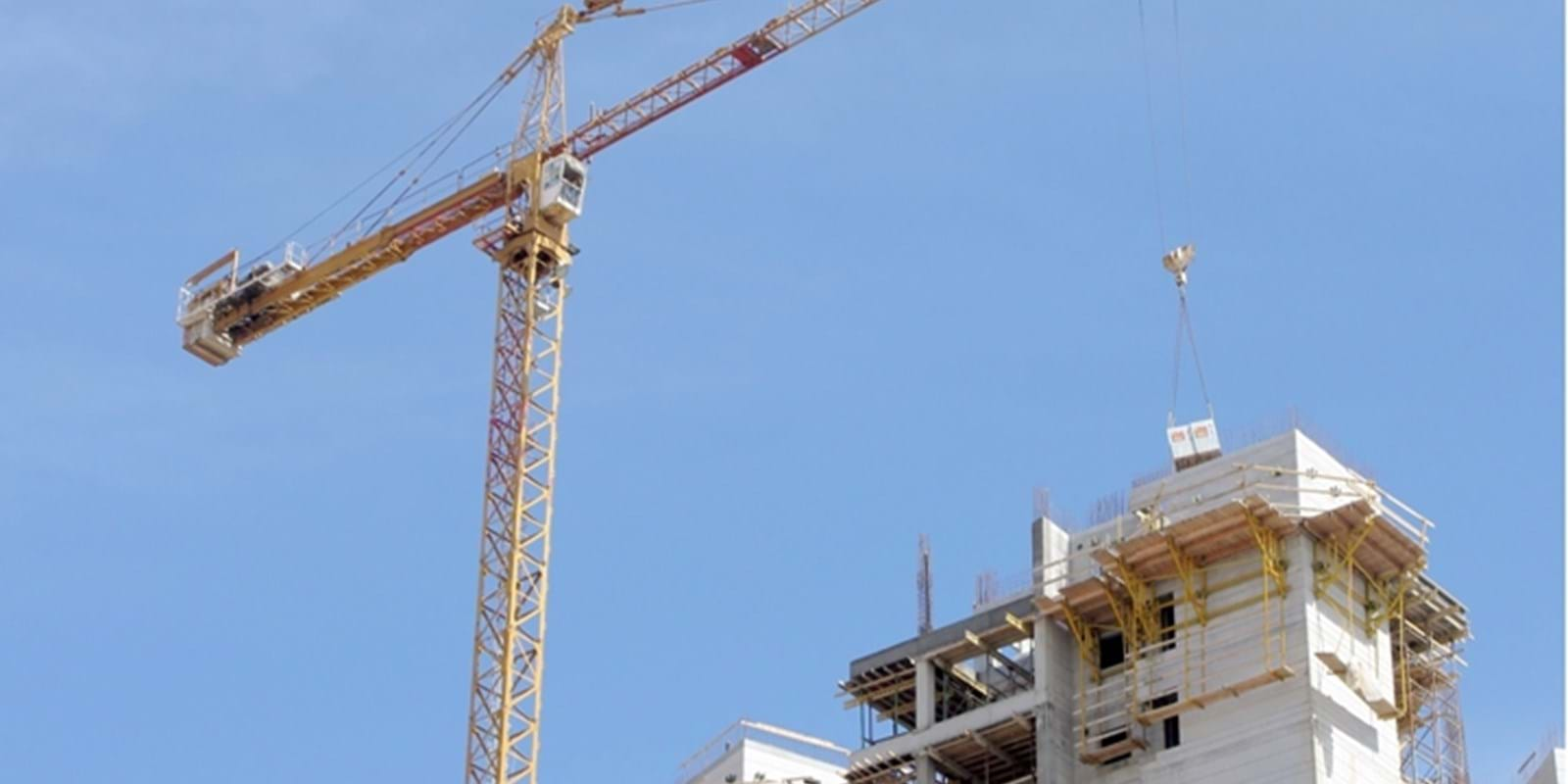This is at least what is released from a compilation of the total rate of taxation (TRT) for the year 2010 carried out on behalf of l’Agence QMI by economist Daniel Muller from data provided to the Government by all the municipalities of Quebec.
“Because the total rate of taxation is a ratio which makes the compilation of all the taxes and tariffs imposed on the property owners, it is more useful for purposes of comparison when one puts oneself in the skin of a purchaser of a house who hesitates to choose between two municipalities of the same sector, for example”, explains Mr. Muller.
The TRT includes not only the rate of property taxation, but also the taxes of the sector and the various tariffs for specific services, there where they are not included in the property tax. Tariffs for the collection of the refuse, for example, the selective collection, the obligatory draining of the septic tanks and the sewers.
“The TRT is not perfect for all situations, but it is a better base of comparison than the property tax”, he says.
The importance of an industrial park
Thus, it is interesting to observe that, on the North Shore of Montreal, it are in fact cities who attract families thanks to prices of more accessible houses which, on the other hand, impose the heaviest rate of taxation.
This is the case of L’Assomption, of Sainte-Anne-des-Plaines and Mascouche, three cities which have in common not to be in the immediate suburbs of Montreal, but also to concentrate their development primarily on domiciliary construction.
Indeed, these do not count on a major industrial park from which they can draw a good source of their incomes, contrary to Mirabel, Rosemère and Blainville, for example, which are classified among the cities imposing the weakest TRT.
The cost of infrastructure
The analysis of the TRT also makes it possible to note that the older cities, which do not know anymore years of strong domiciliary growth, have less expenditures in infrastructures. Their TRT is thus lower.
This is the case of Charlemagne, Saint-Sulpice, Bois-de-Filion and Lorraine, for example.
Roughly speaking, the same phenomena are observed on the South Shore.
* Daniel Muller: “This classification of Quebec municipalities according to their total rate of taxation aims at informing the taxpayers and the municipal elected officials of the relative position of their municipality – in relation to comparable municipalities or to their neighbours - on the tax effort which it requires from its taxpayers.”

